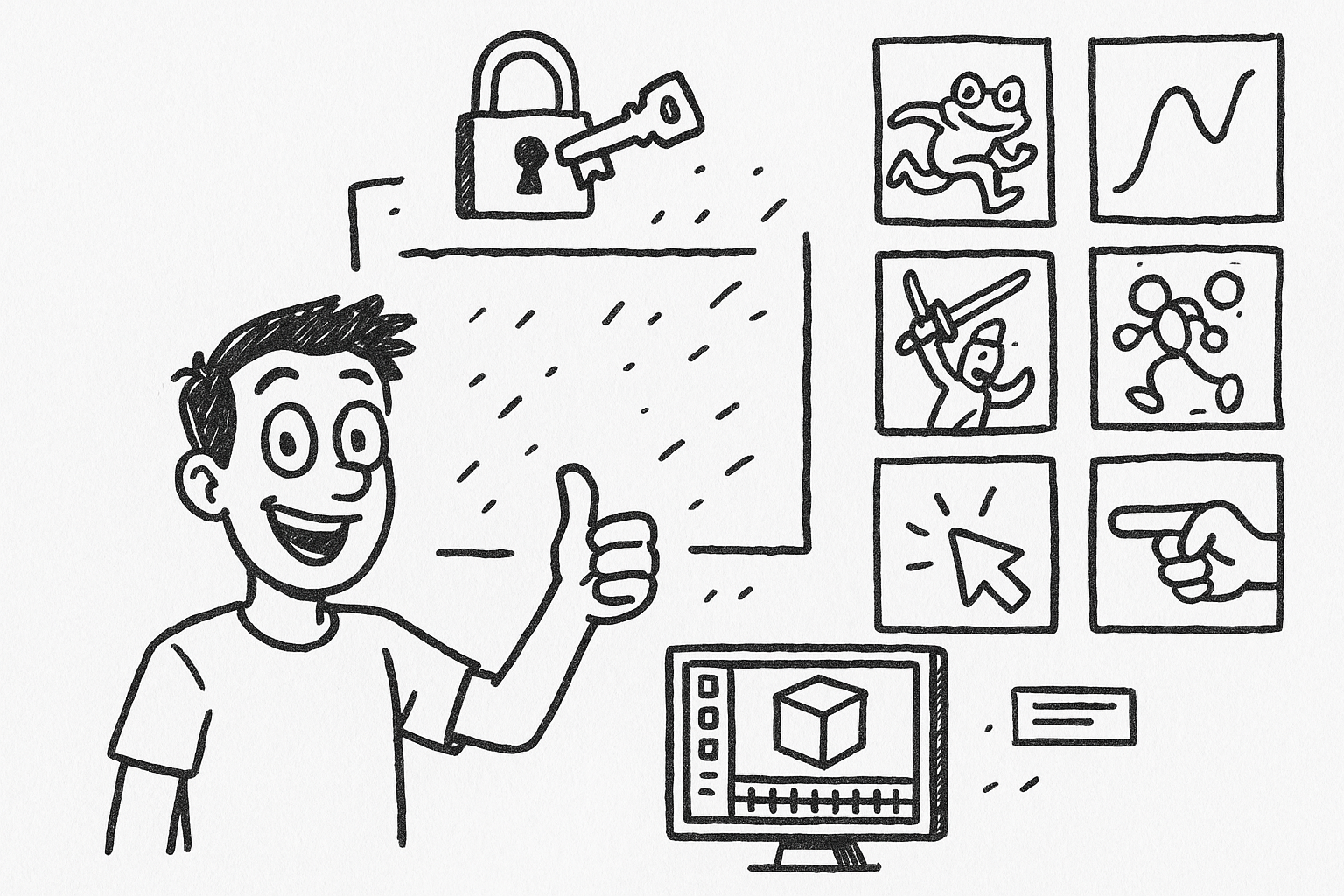Your Cart is Empty
Customer Testimonials
-
"Great customer service. The folks at Novedge were super helpful in navigating a somewhat complicated order including software upgrades and serial numbers in various stages of inactivity. They were friendly and helpful throughout the process.."
Ruben Ruckmark
"Quick & very helpful. We have been using Novedge for years and are very happy with their quick service when we need to make a purchase and excellent support resolving any issues."
Will Woodson
"Scott is the best. He reminds me about subscriptions dates, guides me in the correct direction for updates. He always responds promptly to me. He is literally the reason I continue to work with Novedge and will do so in the future."
Edward Mchugh
"Calvin Lok is “the man”. After my purchase of Sketchup 2021, he called me and provided step-by-step instructions to ease me through difficulties I was having with the setup of my new software."
Mike Borzage
Exploring the Influence of Social Media Trends on Design Software Development
August 03, 2024 2 min read


With the digital age in full swing, the influence of social media across various industries cannot be overstated. Notably, the realm of design software has felt this impact profoundly. Social media trends have begun to shape the development and features of design software, pushing developers to innovate and adapt. Platforms such as Instagram, Pinterest, and TikTok have emerged as key players, influencing the functional and aesthetic aspects of these tools.
Analyzing Key Design Software Features Influenced by Social Media
Enhanced Visualization and Rendering Tools
Visualization and rendering capabilities have seen significant advancements, driven by the need to produce high-quality visuals that stand out on platforms like Instagram and Pinterest. These improvements cater to the demand for more sophisticated, photo-realistic designs that capture the viewer's attention.
Social Sharing Capabilities
Direct sharing features are now a staple in many design software, allowing users to share their creations on platforms such as Facebook or LinkedIn effortlessly. This integration fosters seamless collaboration and enhances visibility, enabling users to showcase their work to a broader audience.
Mobile Compatibility
The surge in mobile usage has prompted developers to create mobile-friendly or app versions of their design software. This shift is largely influenced by social media's mobile-first approach, ensuring that users have the flexibility to create and share content on the go.
User-friendly Interface
Inspired by the intuitive interfaces of social media platforms, design software has become more user-friendly. Developers have recognized the value of delivering a smooth, engaging user experience similar to that of social media, making design software more accessible to a wider audience.
Future Trends and Implications
The interplay between social media and design software continues to evolve, with several future trends on the horizon. Innovations such as augmented reality (AR) and virtual reality (VR) integrations are expected to advance further, inspired by social media's experiments in these technologies. As we look towards the future, the following predictions stand out:
- Design software will increasingly incorporate AR and VR capabilities, offering users more immersive and interactive design experiences.
- Social media's influence will drive the development of even more intuitive and engaging software interfaces, reducing the learning curve for new users.
- The importance of mobile compatibility will continue to grow, with a focus on seamless cross-platform functionality.
The potential for design software to evolve in response to social media trends is immense. Developers must keep pace with these trends to meet the evolving expectations of users. The symbiotic relationship between social media and design software underscores the need for continuous innovation. As we move forward, the integration of social media trends into design software will not only enhance user experience but also open up new possibilities for creativity and collaboration.
Also in Design News

Unlocking Advanced Animation Techniques: Five Studio-Proven Tricks to Elevate Your 3ds Max Workflow
August 30, 2025 6 min read
Read More
Harnessing Advanced Simulation Tools in Virtual Prototyping for Enhanced Design Efficiency and Innovation
August 30, 2025 9 min read
Read More
Cinema 4D Tip: Enhancing Workflow Efficiency with Cinema 4D's Mesh Deformer for Complex Deformations
August 30, 2025 3 min read
Read MoreSubscribe
Sign up to get the latest on sales, new releases and more …


